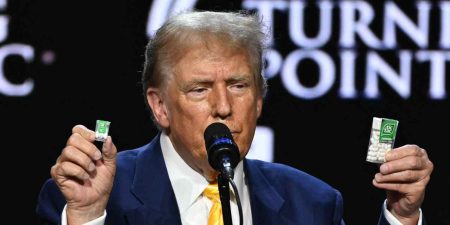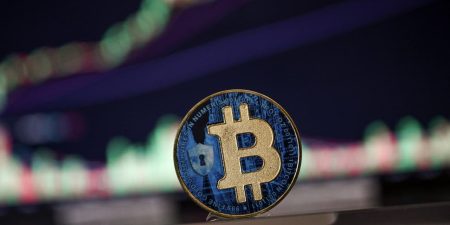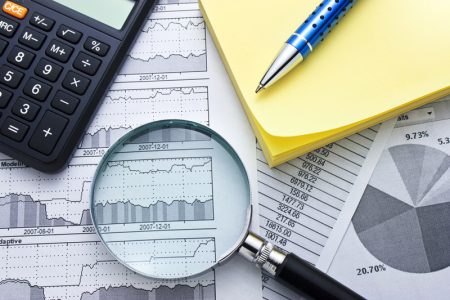By Ezgi Erkoyun and Nevzat Devranoglu
ISTANBUL (Reuters) -Turkey’s central bank hiked its policy rate by 250 basis points to 17.5% on Thursday, continuing to reverse President Tayyip Erdogan’s low-rates policy as it promised more tightening and said it would support it with additional measures.
It was the second meeting under new Governor Hafize Gaye Erkan, who is leading a change of course after the one-week repo rate was cut to 8.5% from 19% since 2021 despite soaring inflation.
The bank said after its monetary policy committee meeting that it will continue to tighten monetary policy and expected further upwards pressure on inflation due to recent tax hikes.
“To increase the functionality of market mechanisms and strengthen macro financial stability, the Committee will continue to simplify and improve the existing micro- and macroprudential framework,” it said.
“Guided by impact analyses, the simplification process will continue to be gradual. In this context, in addition to the increase in the policy rate, the Committee has made decisions on quantitative tightening and selective credit tightening to support the monetary policy stance,” the bank added.
The less-than-expected tightening comes despite expectations that inflation, which fell to 38.21% in June, will rise in the rest of the year. Economists are revising their year-end forecasts to as high as 60% due to the lira’s continued decline and various tax hikes in July.
The bank had raised its key rate by 650 basis points to 15% in June and had been expected to lift it to 20% this time, according to the median estimate in a Reuters poll. Analysts voiced disappointment at the size of the latest hike.
Ipek Ozkardeskaya, senior analyst at Swissquote Bank, said the less-than-expected move again raised questions about the new economic team’s ability to confirm its independence.
“Adopting a too-soft normalisation threatens investors’ confidence and should further increase pressure on the lira and Turkish assets,” she said.
Economists expect the policy rate to rise further to 25% by year-end, still leaving real rates negative. They warn that Erdogan’s influence over the central bank limits how far it can go in tightening policy.
A source told Reuters after the announcement that the central bank will increase lenders’ lira reserve requirements for accounts under a scheme that protects lira deposits against forex depreciation (KKM) to withdraw excess liquidity.
The lira traded at 26.9100, little changed from beforehand the rates’ announcement. It has weakened 30% so far this year. However, some markets have performed rather well since Erdogan’s re-election.
Five-year credit default swaps, an indicator of the cost of insuring the country’s debt against default, narrowed to 442, from Wednesday’s close at 457, according to data from S&P Global (NYSE:) Market Intelligence.
LIRA, INFLATION PRESSURES
The low-rates policy advocated by Erdogan sparked a currency crisis in late-2021, with the lira losing 44% that year. In 2022it weakened another 30% despite central bank efforts to counter forex demand by using its forex reserves.
The lira depreciation has stoked inflation, sending it to a 24-year high of 85.5% in October last year. The continued decline this year is expected to feed into inflation in coming months given Turkey’s reliance on imports.
Tax hikes that Ankara introduced this month to support its deteriorating budget are also expected to stoke prices. Monthly inflation could reach 10% in July, economists say.
Erdogan indicated after his election victory in May that hewas ready to backtrack on economic policy in appointing MehmetSimsek, who is highly regarded by markets, as finance ministerand Erkan, a former Wall Street banker, as central bank chief.
Some analysts have voiced doubt about Erdogan’s commitment to abandoning his unorthodoxy, citing examples of his previous shifts to orthodox policy only to quickly change his mind.
As part of the policy shift, the central bank also stopped using its reserves to support the lira resulting in a sharp rise. Its net international reserves had risen to $13.17 billion by July 7, from a record low of negative $5.7 billion June.
Read the full article here














